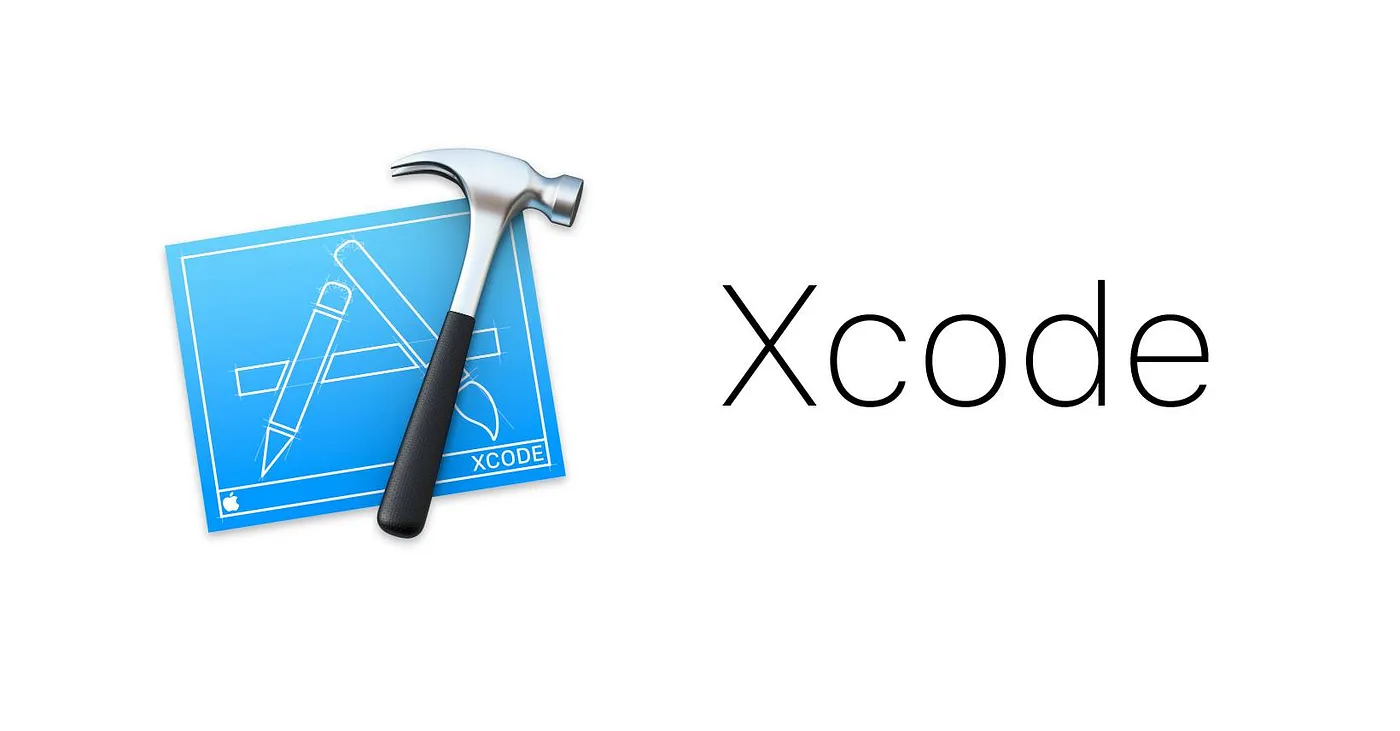When it comes to choosing a branching strategy in software development, there are several key factors to consider, such as the intricacies of your project, the size of your development team, and your release schedule. This article provides an in-depth exploration of various branching strategies, outlining their advantages and disadvantages.
Feature Branching
Feature Branching allows developers to work on new features or significant bug fixes in isolation from the main branch. This approach is easy to manage and enables focused code reviews. However, over time, it can lead to merge conflicts.
Gitflow
Gitflow offers a highly structured approach, making it ideal for larger teams and complex release cycles. It separates branches for features, releases, and hotfixes. While effective, Gitflow can be complex and may not be suitable for continuous integration/continuous deployment (CI/CD).
GitLab Flow
GitLab Flow combines feature-branching and environment-based branching, designed with CI/CD in mind. It provides flexibility but may require some time to adapt to.
GitHub Flow
GitHub Flow focuses on simplicity and continuous deployment, making it suitable for smaller teams. However, it offers limited options for staging and pre-production testing.
Trunk-Based Development
Trunk-Based Development is geared towards rapid development and quick integrations, reducing the risk of merge conflicts. It is effective for large teams but demands high discipline and robust CI/CD pipelines.
Release Branching
Release Branching focuses on new releases, allowing for dedicated branches to prepare and stabilize the code for deployment.
Task Branching
Task Branching provides a more granular approach, where each task or user story is assigned its own branch. This strategy allows for better tracking and management of individual tasks.
Long-Running Feature Branches
Long-Running Feature Branches exist for extended periods and are used when a feature requires ongoing development and testing before merging into the main branch.
Forking Workflow
In the Forking Workflow, each developer works on a forked copy of the repository. This strategy allows for more independent development and easier collaboration through pull requests.
Each of these strategies has its own trade-offs, and the best choice depends on factors such as team size, project complexity, and release schedule. It’s important to carefully evaluate and select the branching strategy that aligns best with your specific needs and goals.

